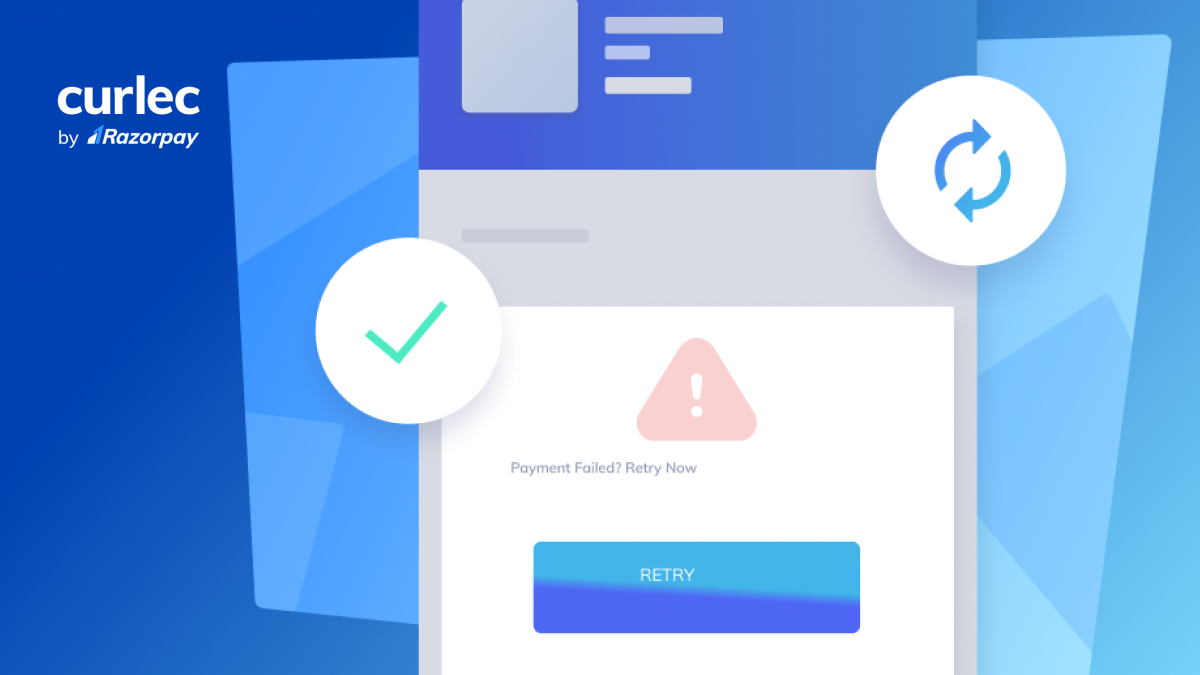In this exciting era of digital payments, it’s evident how much has changed over the years. We’ve seen payment methods evolve tremendously and with that, there is a term you should know: transaction success rate. This term is a huge deal and rightly so. “Why?” you might ask. Because it affects how your business gets paid and how happy your customers are with their shopping experience.
As 70% of Southeast Asian consumers have gone fully cashless, a business’s transaction success rate signifies a few things. That is: low transaction success rate means loss of revenue and in turn, leads to loss of brand image and significant value. Well, we definitely don’t want that.
What defines transaction success rates?
Transaction success rates measure the percentage of successful payments out of all the attempts made on a website or app. Essentially, it’s a scorecard of how many payments successfully make their way to your business out of every 100 payment attempts. Let’s say out of the 100 attempts made, only 75 went through – that means your transaction success rate would be a cool 75%. (Though it’s important to note that this includes customers trying again after a failed transaction). But here’s the kicker: 33% of failed payments are never reattempted and this is largely due to the change in the digital payments landscape.
Three primary reasons that affects transaction success rates
As such, we need to understand the underlying causes of payment failures. There are various factors ranging from simple mistakes like entering the wrong OTP to technical glitches. So let’s break it down further:-
- Customers take too long to complete the payment process.
- Customers cancelling their payment.
- Payment processing failures at the bank or payment provider.
Accordingly, while some cancellations are intentional, there are also avoidable situations such as insufficient funds in the payment method. In some cases, suspicious behaviour is detected, for example, attempting to use a blocked or stolen credit card.
As for the banks or payment providers, failures can occur due to transaction errors involving intermediaries within the payments ecosystem. This includes card networks (example: VISA, Mastercard, American Express), payment enablers (example: e-wallets, payment apps), and banks. Understanding the intricacies of payment failures is crucial for businesses to tackle these issues effectively. After all, the goal is to provide a seamless payment for customers.
Importance of transaction success rates
Therefore, it’s crystal clear that for many savvy consumers these days, the online realm, including payments, has become the go-to method for purchasing goods and services. In the Asia-Pacific region itself, cashless transactions are predicted to have an annual growth rate of 16% from 2020 to 2025. The clincher? There are higher expectations when it comes to the online shopping experience. Any hiccup in the payment process can result in customer churn for a brand. If all the failed attempts were instead successful, your business could witness a significant revenue boost. Prioritising seamless and successful payment experience can have a profound impact on your business’s bottom line.
So, what can your business do?
The good news is that business owners have the power to improve their transaction success rates. This is where Curlec comes in – to ensure the checkout process can be as smooth as possible to reduce the chances of payment cancellations and cart abandonment. Curlec can maximise your business potential with multiple payment methods and a seamless user experience that would delight your customers. That way, you can enhance your transaction rates, resulting in increased revenue, improved customer satisfaction, and sustained growth.



